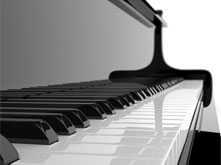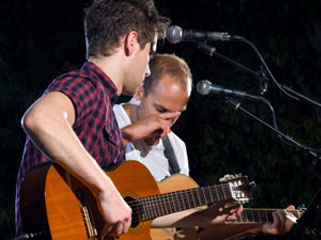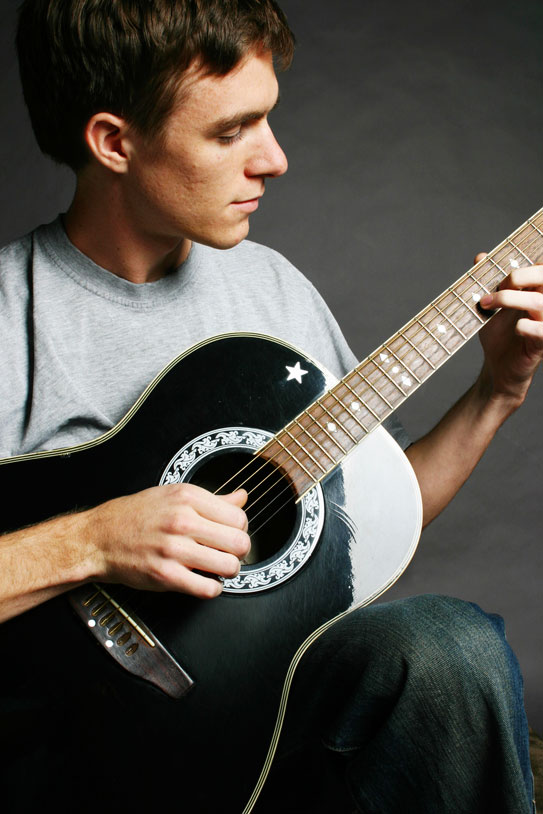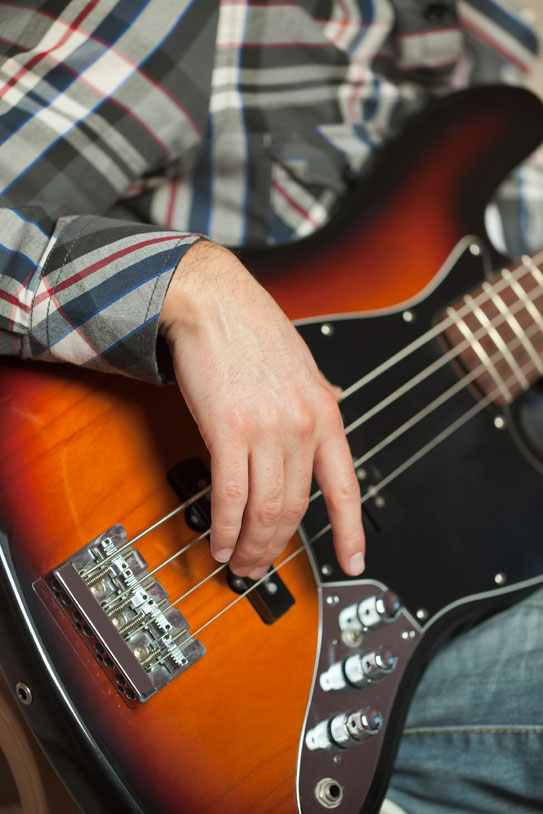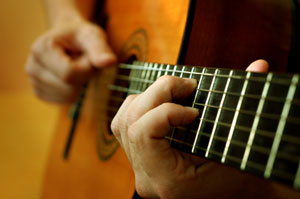
Blog
Jul 26 2015 |
Shredding With Triad Arpeggios For GuitarBy: Frank Macri Posted in: Guitar Scales Let’s look at some fingerings for playing triad arpeggios. Learning arpeggios all over the guitar neck is essential and will help you build a strong foundation for improvisation. A triad arpeggio is a three-note chord where the notes are played separately. There are four main triads: Major 1 3 5 Minor 1 b3 5 Augmented 1 3 #5 Diminished 1 b3 b5 Arpeggios are a hybrid of chords and scales. They can be thought of as chords that are played like scales, one note after another. On the guitar, they are derived both from individual chord forms, often with finger extensions, and from connecting adjacent forms similar to lead patterns. In this guitar lesson, I’m going to focus on the major and minor triads. Below is ten different fingerings for both types of triads. Once you have these fingerings memorized, the following checklist will describe how to implement them into your practicing. 1) Use a metronome to practice this exercise in 16th notes while alternating your picking throughout the exercise. 2) Make sure to play each pattern clean and accurately so you can later improvise with them smoothly. 3) Practice the patterns in the cycle of fourths ( F-Bb-Eb-Ab-Db-Gb-B-E-A-D-G-C ). It is very important to emphasis when moving to the next note in the cycle of fourths, make sure to change the fingerings and employ all 10 patterns throughout the cycle. Do not form a habit of starting with the same fingerings every time! 4) Practice the major and minor triads separately, starting with the major in the cycle of fourths and then working through the minor triads in fourths. *Notes highlighted in red indicate root* Major Triads Minor Triads It is important to play this exercise only as fast as your technique will allow. If you are consistently making mistakes, then you’re playing too fast. Slow down the metronome tempo! In a short while, you should see both your picking accuracy, and speed improving over triad arpeggios. |

